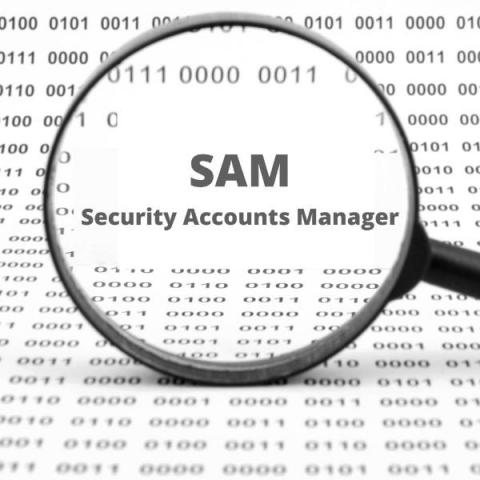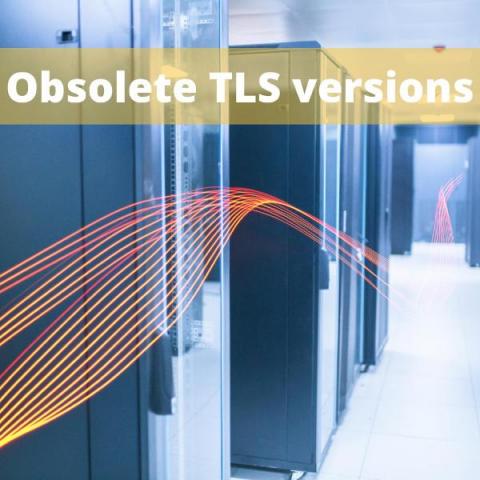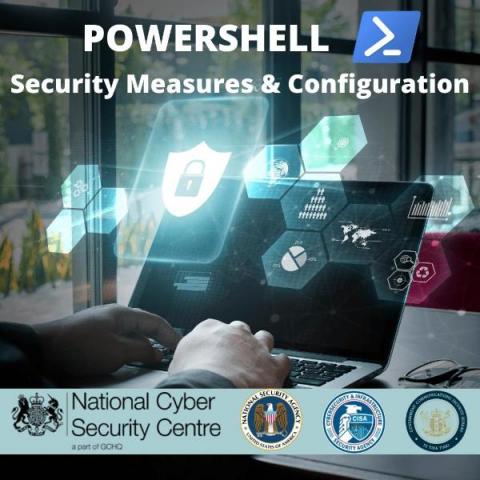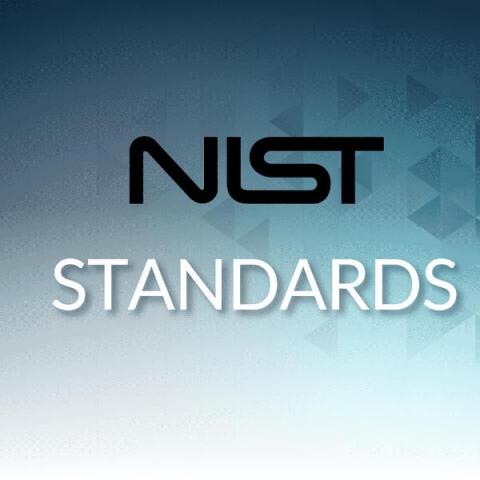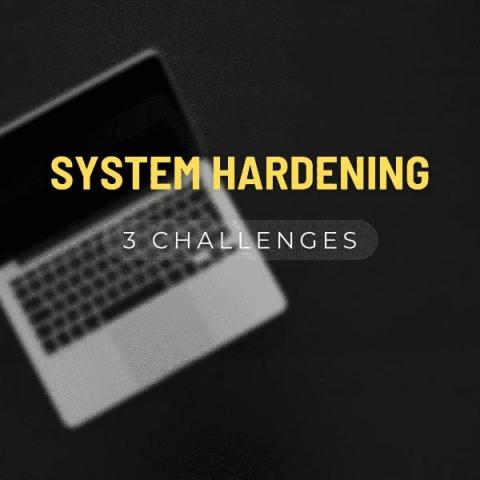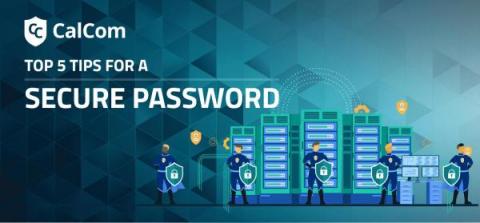Windows SAM & AD SAM Security - Essential Guide 2023
The Security Accounts Manager (SAM) is a database file in Windows operating system that comprises of usernames and passwords. The main aim behind SAM is to make our system more secure and reliable by protecting credentials in case of a data breach. Configuring SAM gives users the ability to authenticate themselves to the local machine if an account has been created for them in security accounts manager.


